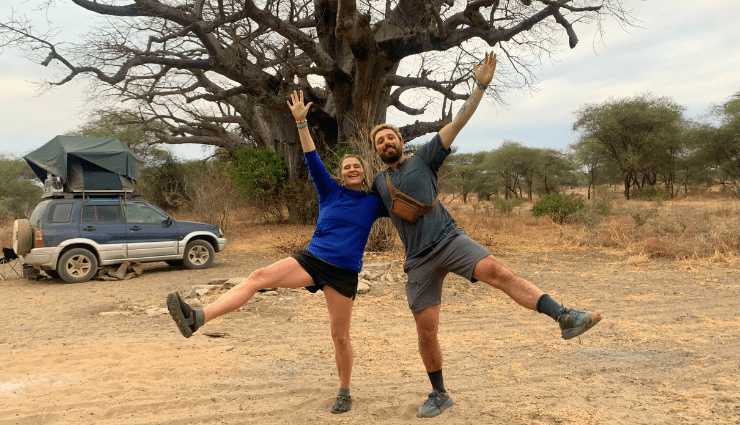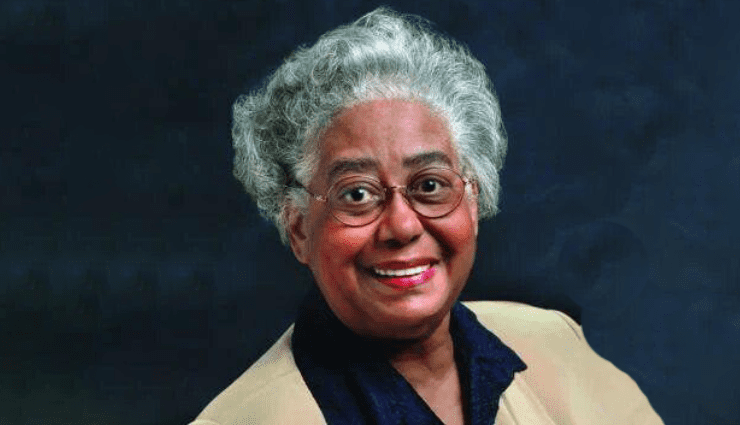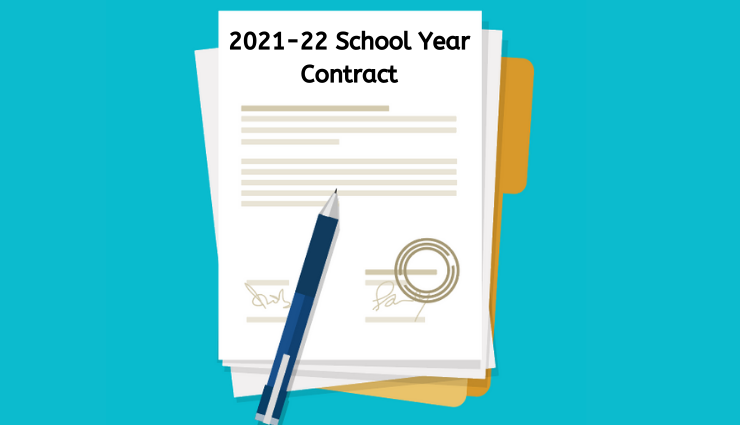Education’s Complex Future
We recently received a copy of “Improvement in Action: Advancing Quality in America’s Schools,” by Anthony S. Bryk (Harvard Education Press, 2020).
The book certainly arrived at a propitious time, when all of schools are wrestling with both how to better manage distance learning during this pandemic — and how to emerge, when we emerge, as schools that can adapt well to a new and uncertain cultural landscape. “Improvement in Action” caught our eye because instead of focusing on what schools should do, it focuses on the principles of institutional improvement. In particular, the book illustrates the ways in which educators have applied what Bryk describes as the six core principles of continuous improvement in practice — profiling examples of rigorous, high-quality improvement work in districts, schools, and professional development networks across the country.
“Improvement in Action” is mostly public-school focused, but it does connect to the ongoing work of independent schools and many of their goals for improving programs and practice. While the book confirms for us that the independent school community has been adapting and changing well with the times, it also suggests that the community can still benefit from developing well-structured approaches to evolving their programs.
Improving at improving, say Bryk, is basically about “giving agency to frontline educators… while also fusing research knowledge, and the expertise of researchers and other, more productively into the process.”
Bryk starts off by underscoring the need for and challenges to ongoing improvement in American education.
“The problem is that America’s aspirations for what we want schools to accomplish today are increasing at a very fast rate,” Bryk writes. “Educators… are exhorted to personalize instruction, to promote student social-emotional development, to make all students technology-savvy. Educators are pressed to prepare every student for a future economy that is evolving rapidly and where the speed of technological change is outstripping the capacity of most U.S. social and political systems to keep pace. And accompanying these larger macroeconomic disruptions, schools are often on the frontline to redress an ever-expanding list of social concerns.”
We’re all familiar with this description of the challenges educators face. Still, we wrestle constantly with how to adapt and grow as individual educators and as schools. And now, of course, we have to add in a pandemic and distance learning. Because of this, we found Bryk’s perspective on change and the accompanying case studies instructive. What Bryk argues for are schools that formulate a process for getting better and “learn how to accomplish improvements faster in the years ahead.”
As we ride out this crippling pandemic, school leaders are intensely focused on the present and the near future — managing distance learning and support for students and teachers, restructuring summer programming, and wrestling with plans and contingency plans and contingency contingency plans for fall. But schools are also aware that they need to be thinking beyond the fall — and think carefully.
There is, in short, so much to consider.
Two Main Questions Schools Are Facing
For us, it helps not only to connect with our network of school leaders to get their insights into the future of independent education — a story unfolding weekly now — it also helps to connect with organizational experts like Anthony Bryk and others to better understand the process of managing institutions well in both an era of constant change and a time of crisis.
Currently, there are two enormous concerns schools are facing. First, is when and how to reopen their campuses. Can schools open at all in the fall if the coronavirus pandemic is still running rampant and we don’t have a vaccine or other ways to control the virus? Many are hoping to open.
If schools do open when the possibility of spreading the virus is still a concern, how should the interaction be structured? Can you design a safe interactive program that requires social distancing? Are sports and the performing arts done for the year? How do you manage mealtime? How do you manage collaborative projects? For boarding schools, dormitories create an extra level of concern that will be difficult to address. Many schools are working through all of these questions as we write this.
We’re fairly certain that schools can get back to some sort of on-site routine by the 2021-22 school year. But simply waiting for fall 2021 to invite students back to campus is not only a hard pill to swallow, it might also mean the demise of some independent schools, if parents pull their kids for a year and make other plans to ride out the pandemic.
Related to this question of institutional survival is the question of the value proposition of a school. Parents spend a lot of money to send their children to independent schools because they believe the schools are the safest option, that their children are seen and known, that the academic and social-emotional programming offer the best chance for a high-quality college-preparatory education and for success in life beyond. With schools shifting to distance learning, and not knowing exactly what happens next, school leaders will have to convince enough parents to trust them when they say that the 2020-21 school year will be worth the investment.
The CS&A consultants we spoke with don’t want to predict what will happen this fall. But they do remind schools that, while the massive distance-learning experiment is not ideal, independent schools still offer an excellent education — given the kind of personal attention they continue to offer. Yet, while they are impressed with the way independent schools handled the complexities of this past spring, they also encourage schools to focus some time on long-term matters, including the question of improving at improving.
“The bigger challenges lie ahead,” say Charlie Britton, a senior consultant with CS&A.
“I don’t mean to downplay the challenges schools have faced in shifting to distance learning. But what lies ahead is in many ways more complex and probably messier.”
“If you look at the most successful independent schools over the past 20 years,” he adds, “they are institutions that have evolved steadily and with thoughtful leadership and community buy-in. More than ever, schools need to be smart about improving. They need to be flexible and responsive. They need to be schools that encourage people to ask questions and explore ideas. In education, improvement comes down to people and their willingness to confront facts and not be satisfied. They can take elements of the school that are not working and make them work. They can take elements of the school that are working well enough and make them better.”
The Future of Independent Schools
In our conversations with our consultants, we asked for their thoughts on steps schools can take or consider taking to ensure the future of independent schools. Here are the top dozen suggestions:
1. Now and in the coming year, heads need to understand and embrace the pastoral role of headship. More than anything, heads need to be a calming presence amid this pandemic chaos and the changes and adaptations to follow. And they need to be as accessible as possible and help everyone feel safe, connected, and supported. This is work that will serve schools well now and in the complex, searching months to come.
2. As for the future, defining what best schools look like and do will be among the core work of school leaders. It’s hard to think in terms of silver linings during a pandemic, but if there is one it’s that schools will have to use this period to drive improvements in their programs. Independent schools that survive this coming year will be better schools for it.
3. Without overwhelming folks, collect data now from teachers, students, and parents about the successes and challenges with online learning. Share data with all teachers to jump-start conversations on improving online teaching and learning — and what it suggests about improvements to teaching and learning in all formats.
4. Let the teachers who have enthusiastically made the switch to online learning lead the conversation on how to help all teachers adjust and improve in a distance-learning landscape. These same educators can also help frame conversations on creating dynamic hybrid programs after the pandemic has subsided. It’s highly likely that the successes in distance learning now will influence at least some school programming to come.
5. Examine more carefully how your school uses time. The spring’s forced distance-learning experiment drove greater flexibility in the weekly schedule. Schools can creatively leverage this experiment to develop new programs that, say, enable students to explore their interests more deeply or enable students to work together with students from other schools to search for solutions to challenging cultural problems, or to create new distance-learning courses that engage students not enrolled in the school’s regular program.
6. Schools are guided by their missions. But schools that struggle for their survival this coming year shouldn’t hesitate to adapt their missions to serve their communities well. For high-priced day schools, this could mean experimenting with hybrid programs that can either reduce costs or attract more students or both. It could mean shifting to an essential school model that has led to the development of micro-schools. Schools can use the coming year to invite the entire school community into dialogue about the school programming and their interests for the future.
7. If looking to make your school more affordable for families, consider the new Catholic school model — a dedicated liberal-arts and values-based program welcoming of all faiths, and with a higher (but manageable) student-teacher ratio and modest (but high-quality) facilities.
8. Look to the international school community for lessons learned on distance learning, virtual hiring, programmatic excellence, dealing with crisis, and more. This community has grown at a tremendous rate globally. Art Charles, a senior consultant with CS&A, reminds us that new international schools also represent a high percentage of new U.S.-based schools in recent years.
9. Independent schools have always depended on wealthy donors to support their programs. Heads need to continue to make the case for their schools and encourage philanthropy to help their schools weather the pandemic and emerge stronger.
10. For boards of trustees, it’s important to work in partnership with the head of school and underscore the importance of leadership continuity. A number of consultants note that too many schools put unreasonable expectations on new heads and, as a result, push them out after two years or so. While schools must address issues that could put them out of business, boards that are hiring new heads now and in the future should also focus energy on supporting heads through the early years (and through any period of serious transition) so heads can develop the trust of the community and build a leadership team that can pay dividends in the long run.
11. Among their other qualities, a head of school serving as a change agent must be “an articulate ambassador” who can tell a school’s story well, outline its value proposition in a compelling way, and do the daily work of team building. Heads that focus on these areas are also well positioned to help their schools these difficult times.
12. Without messing with the on-campus program (once the pandemic ends), schools would be wise to explore ways to leverage technology to better serve their missions. It might be a matter of offering online programming to a larger group of students — as a way to generate more tuition revenue or as public outreach. Teachers interested in online teaching could develop signature online courses and gather data on the courses’ successes and challenges. This could lead to a school-within-a-school model or just to greater flexibility in programming.
The overall sense we get is that the future of independent schools is brighter than it seems at the moment. Rhonda Durham, a senior consultant with CS&A, says she’s optimistic about the future of independent schools for a number of reasons. “One of them is because of the skills and dedication and energy I’m seeing young heads bring to the job. They come with a strong vocation — feeling called to make the world a better place through education. They are focused on educating students to be great citizens while seeing all students in a holistic light. They effectively use data while also being warm and inviting. So many of them bring a global perspective to the job and understand the importance of a diverse community. Many of them have also been through graduate programs at the Klingenstein Center at Columbia University, the University of Pennsylvania’s Graduate School of Education, and Vanderbilt’s Peabody School of Education — all which include a focus on independent school teaching and learning. These skills will serve them well as they lead schools through their current troubles and will serve them well afterward.”








